Overclocking
The Z370 platform is a mature one now, so we weren't surprised to get to 5GHz blissfully easy with the ROG Strix Z370-I Gaming and our Core i7-8700K. This required a vcore of 1.28V, which is fairly standard, but we didn't need to tweak any other settings, leaving you free to spend more time playing with the RGB lighting.
Performance Analysis
We're not looking at mega gains from spending more on the ROG Strix Z370-I Gaming compared to the Gigabyte Z370N-WiFi in terms of performance. In fact, the two were fairly evenly matched, even when it came to audio performance, with the Asus board sporting a higher dynamic range and the Gigabyte board coming top in terms of lowest noise level. However, the Asus board obviously has an advantage here in offering the full complement of audio jacks including an optical output and is better suited to more elaborate speaker setups as a result.
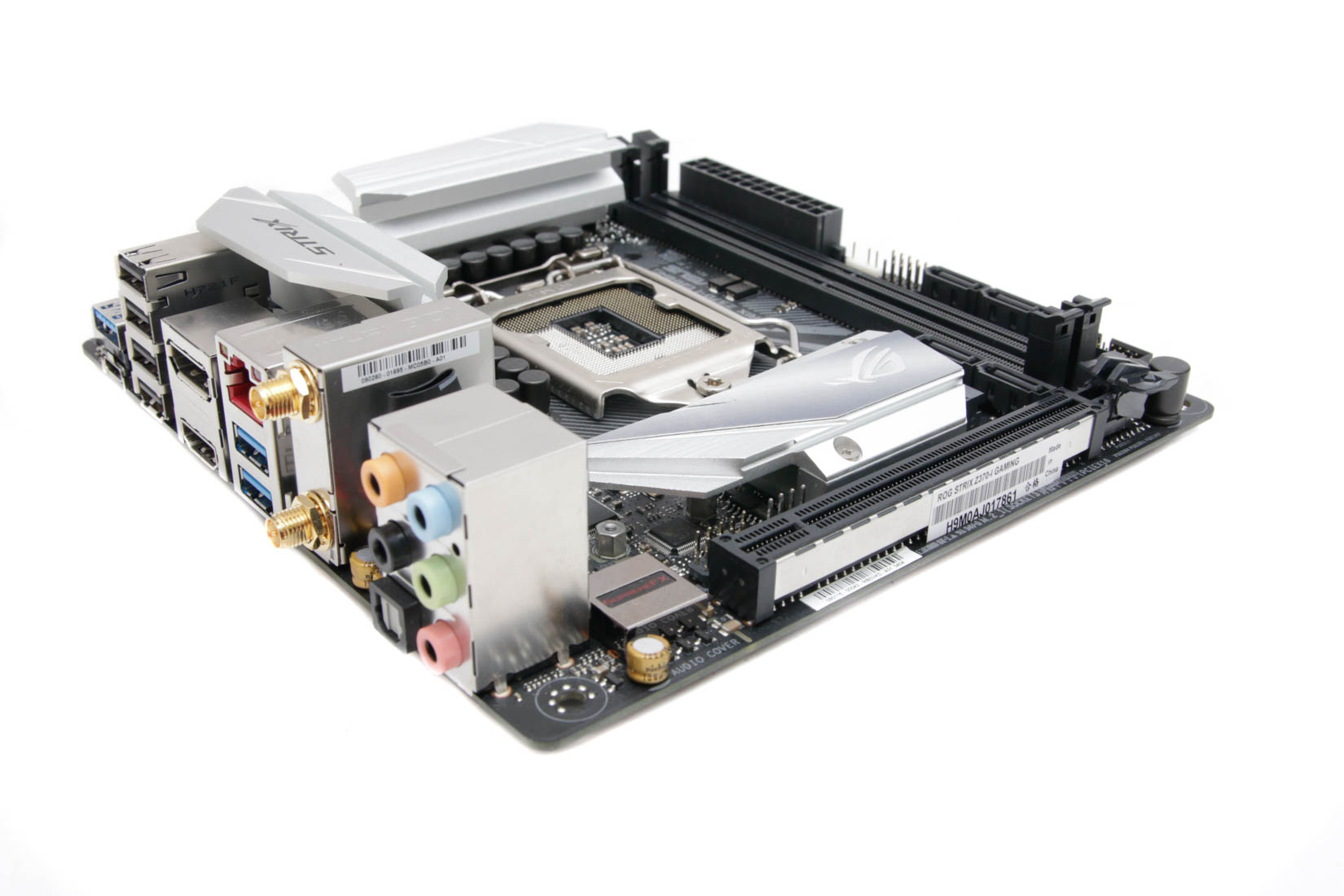
The M.2 heatsink on the Asus board looks more attractive than the one on the Z370N-WiFi, but the two actually performed similarly with our Samsung 960 Evo SSD, with a load delta T of 35°C and 36°C respectively, both knocking over 10°C off the temperature without the heatsink and offering near-identical M.2 speeds as well as results in our usual game and content creation tests.
Conclusion
If you want the ultimate in mini-ITX for your Coffee Lake CPU, then the ROG Strix Z370-I Gaming is the board for you. It looks fantastic, offers solid overclocking with the cooling to back this up for 24/7 overclocks, and with a USB 3.1 header thrown in too, there's plenty of future-proofing and expansion possibilities. Asus' EFI and software also come in for special mention, making it easy to overclock your PC as well as delve into fan control and monitoring. There is, though, the small matter of Gigabyte's Z370N-WiFi, which is just as good a performer and only lacks a few features while costing £45 less. The ROG Strix Z370-I Gaming, then, doesn't score particularly highly in terms of value, but it is extremely capable and desirable.


MSI MPG Velox 100R Chassis Review
October 14 2021 | 15:04

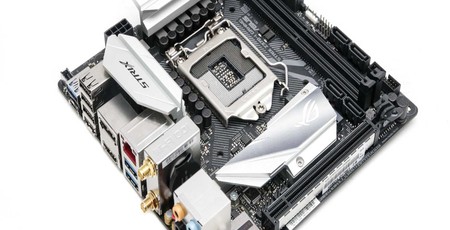
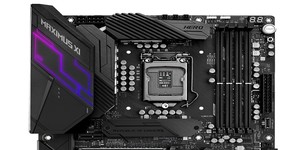
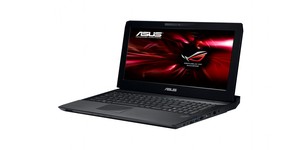
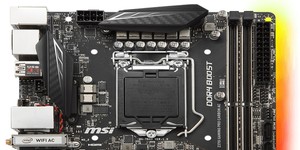




Want to comment? Please log in.